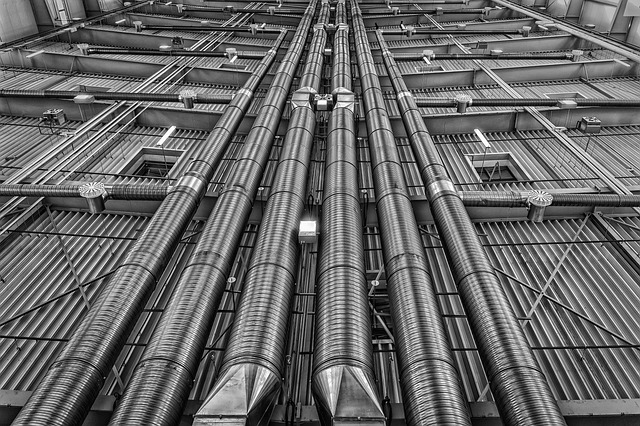Embracing Nature in Architecture
Architecture is an exquisite blend of art and design, breathing life into our physical surroundings. One of the most profound elements in this harmonious relationship is the concept of natural ventilation. By incorporating the natural elements of air and light, architects not only enhance the aesthetic appeal of a space but also promote a sustainable way of living.
The Art of Natural Ventilation
At its core, natural ventilation is about harnessing the environment to create comfortable living spaces. Just as an artist plays with colors and shapes, architects manipulate the flow of air within structures. This delicate interplay transforms a mere building into a breathing organism, enhancing its functionality while contributing to its beauty.
Imagine an art gallery where the breeze softly wafts through open windows, allowing both light and air to dance within the gallery’s walls. Such spaces are not only visually appealing but also enhance the experience of the artwork. Natural ventilation allows the architecture to respond to the climate and surroundings, ultimately creating a symbiotic relationship between the structure and nature.
Designing with Purpose
The design process involves thoughtful consideration of orientation, window placement, and internal layouts to ensure effective natural ventilation. Architects often study airflow patterns, seasonal changes, and the sun’s path to create spaces that are both aesthetically pleasing and climatically responsive. This is where art merges with design—capturing the essence of nature, while also serving practical purposes.
By utilizing features such as high ceilings, clerestory windows, and strategically placed courtyards, architects can design living and working environments that encourage airflow. The result is not merely a functionally ventilated building but a work of art that speaks to the harmony of human existence with the earth’s resources.
Elevating Well-Being
Spaces that incorporate natural ventilation have profound benefits on our well-being. The gentle flow of air improves indoor air quality, enhances comfort, and fosters a connection to the outdoors. This connection is vital in today’s fast-paced world, where we often find ourselves disconnected from nature. By intertwining art and design through the principles of natural ventilation, we create environments that uplift the spirit and invigorate the mind.
Architects are tasked with the challenge of balancing creativity with functionality, and natural ventilation is a pivotal component in this journey. When art and design converge, they can sculpt spaces that not only meet the needs of their occupants but also respect and reflect the natural world around them. Through creativity and thoughtful planning, architects can foster environments that breathe alongside us, reminding us of the beauty that lies in the harmony of nature and human design.




